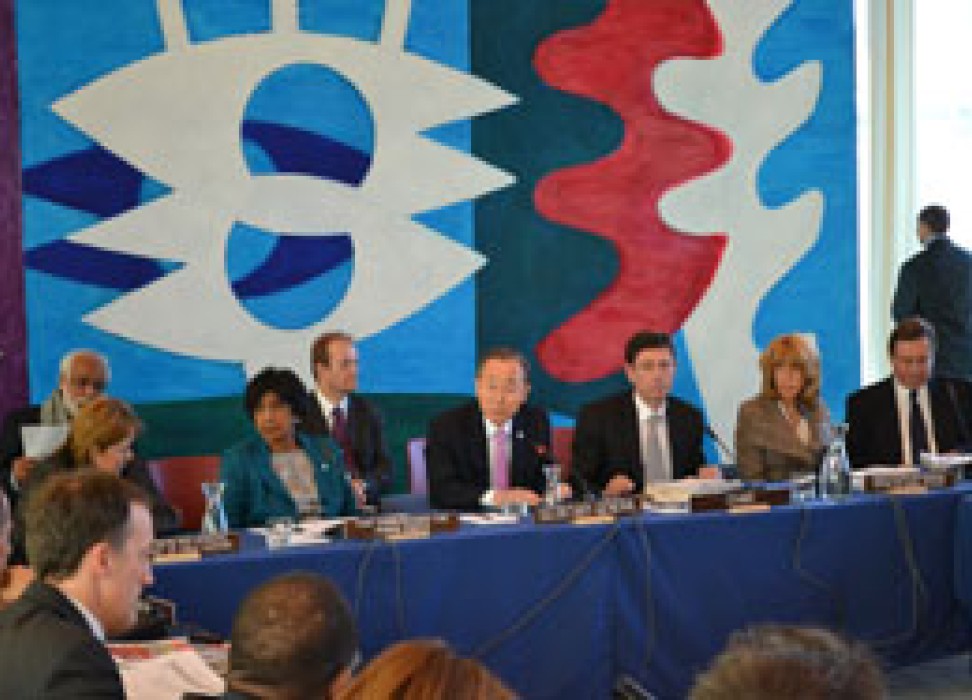How human rights secure peace
10 February 2012

In 2011, the joint UN human rights office in the Democratic Republic of the Congo facilitated 30 court hearings. They resulted in 276 judgements, with 22 convictions for serious human rights violations, including rapes and other forms of sexual and gender-based violence.
In Afghanistan, the human rights unit of the United Nations Assistance Mission in Afghanistan (UNAMA) produces regular reports on civilian casualties. The reports and accompanying advocacy have seen a change in military tactics and procedures by Afghan and international military forces that has resulted in fewer civilian casualties attributed to them.
The recommendations of the unit’s reports on harmful traditional practices against women were taken up by the Afghan government, leading to a review of all cases of women in prison, changes in police practices and improvements to the relevant laws.
These are some of the many success stories shared by the heads of human rights components in peace missions during their meeting held at the United Nations headquarters in New York from 6 to 10 February 2012.
Underlining the value of human rights to peace operations, UN Secretary-General Ban Ki-moon told the meeting that the credibility of UN missions often rests on the ability to protect people from further serious human rights violations.
“A war-weary population infused with new hope at the arrival of the UN flag may quickly return to despair if it sees violations continue – and worse, perceives the United Nations as indifferent or even complicit,” he said.
He noted that over the past decade, human rights issues have become increasingly visible in the work of the UN Security Council. It has passed a number of resolutions on thematic issues such as the protection of civilians and sexual violence in conflict. It routinely includes human rights as a core element in the mandates of peace missions.
The High Commissioner for Human Rights, Navi Pillay, underscored the importance of the work of human rights components, including monitoring, investigation, reporting and protection.
“Timely human rights monitoring and reporting have now become tools used by all parts of the missions notably [Special Representatives of the Secretary-General] in the advancement of their political mandates,” she observed.
“The call increasingly emanating from the UN political leadership in New York for verified information based on human rights investigations, and the Security Council’s recent interest in reliable human rights reports…illustrate this encouraging trend,” said Pillay.
She noted that human rights today represent one of the largest components of peace operations with 800 human rights staff in 17 peace missions led by the Department of Peacekeeping Operations or the Department of Political Affairs.
During their meeting, the heads of the human rights components had interactions with top UN officials, members of the Security Council, other UN members and representatives of civil society.
Topics discussed included protection of civilians, combating sexual violence, combating impunity and challenges and opportunities of human rights integration in peace operations.
10 February 2011

